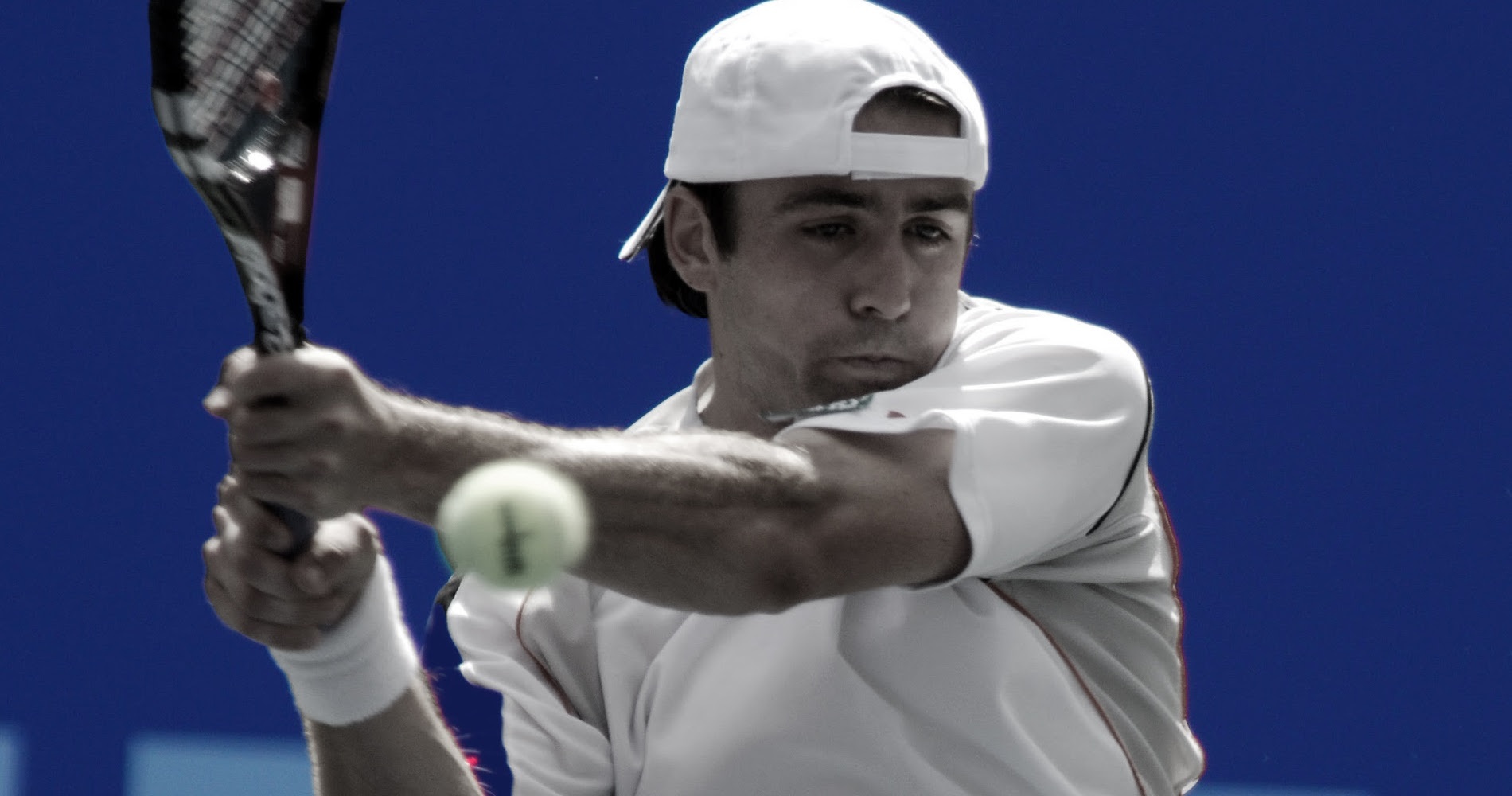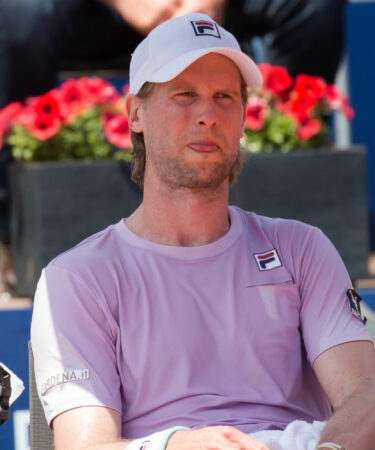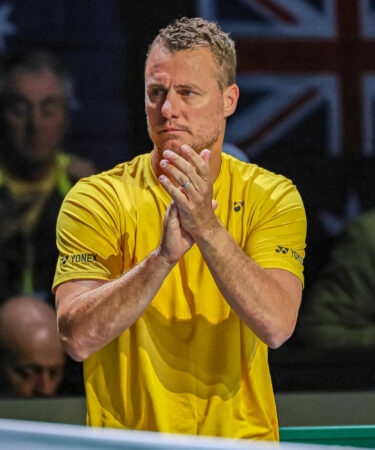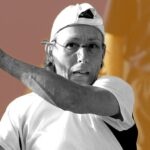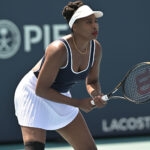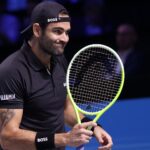January 20, 2008: The day Hewitt and Baghdatis finished the latest match in Australian Open history
Every day, Tennis Majors looks back at an important moment in tennis history. On this day in 2008, two stars started their match close to midnight and fought their way to the latest-ever finish at the Australian Open. Find out how it unfolded
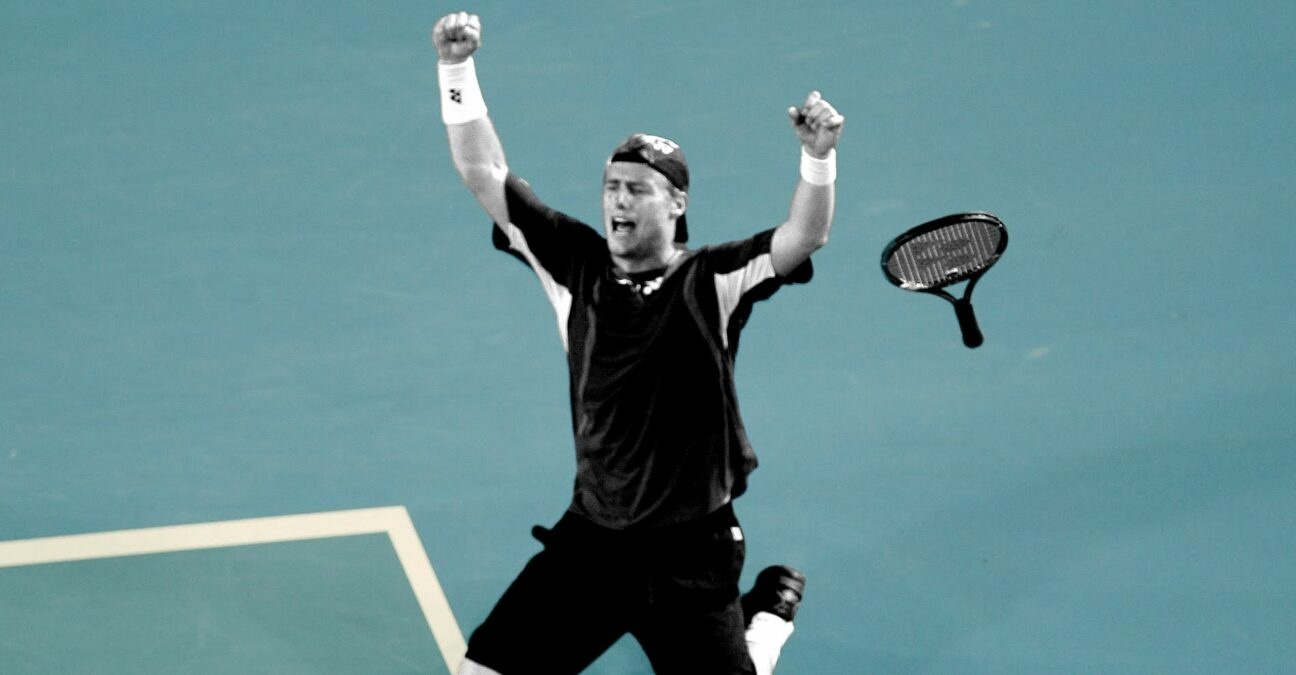 Lleyton Hewitt at the Australian Open
Lleyton Hewitt at the Australian Open
What exactly happened on this day?
On this day, January 20, 2008, Lleyton Hewitt and Marcos Baghdatis finished the latest match in Australian Open history. The Australian prevailed in five sets (3-6, 7-5, 7-5, 6-7, 6-3) in four hours and 45 minutes, sealing his victory at 4:34 a.m. The two former Australian Open finalists beat a record set in 2007, when Andreas Seppi had defeated Bobby Reynolds at 3:34 a.m. The organiser’s decision to start the match at almost midnight created a controversy at the time.
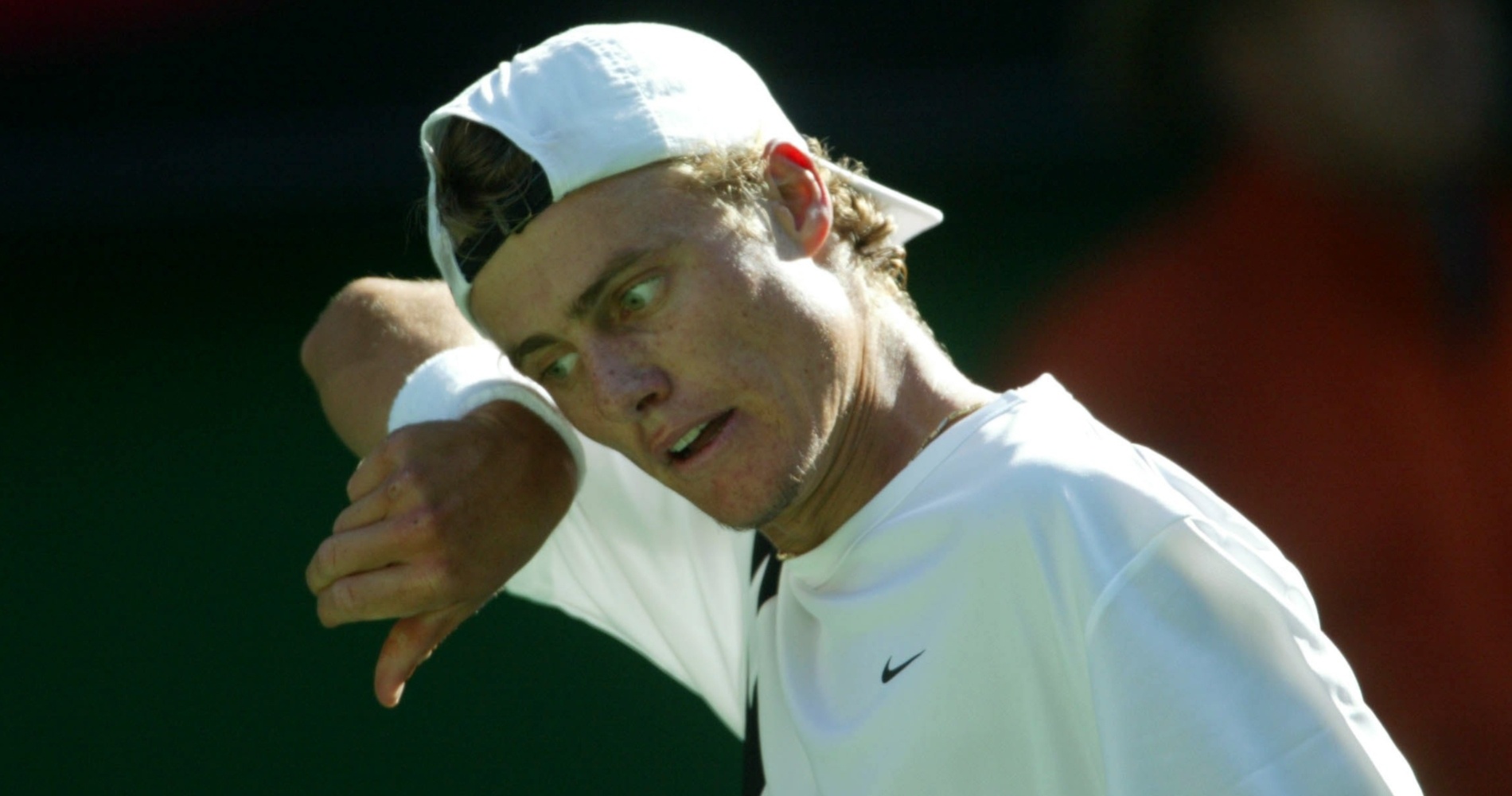
The players involved: Lleyton Hewitt and Marcos Baghdatis
- Lleyton Hewitt: Australia’s newest Grand Slam champion
Lleyton Hewitt, the son of a professional Australian football player and a physical education teacher, was born in 1981. He was a great mover, very skilled at returning serves and, above all, he was an incredible fighter: his trademark “come on!” was famous in the world of tennis.
In January 1997, aged only 15 years and 11 months and without an ATP ranking, he was invited to the Australian Open qualifying event, where he won three matches to become the youngest qualifier in the tournament’s history (he went down in the first round of the main draw to Sergi Bruguera, 6-3, 6-4, 6-3). A year later, in 1998, the young Aussie stunned the tennis world by clinching his first ATP title before his 17th birthday in his hometown of Adelaide. On his way, he defeated the great Andre Agassi (7-6, 7-6) and, in the final, he beat Jason Stoltenberg (3-6, 6-3, 7-6).
In 2000, Hewitt became the first teenager since Pete Sampras to claim four titles in one year; the most important of these was the Queen’s Club Championships, where he beat six-time Wimbledon champion Sampras in the final (6-4, 6-4). It was also in 2000 that he achieved his first breakthrough Grand Slam result, reaching the semi-finals at the US Open, where Sampras avenged that loss from Queen’s (7-6, 6-4, 7-6). “Rusty”, as his coach Darren Cahill called him, was now a member of the top 10, and in 2001, he triumphed at the US Open, defeating Sampras in the final (7-6, 6-1, 6-1).
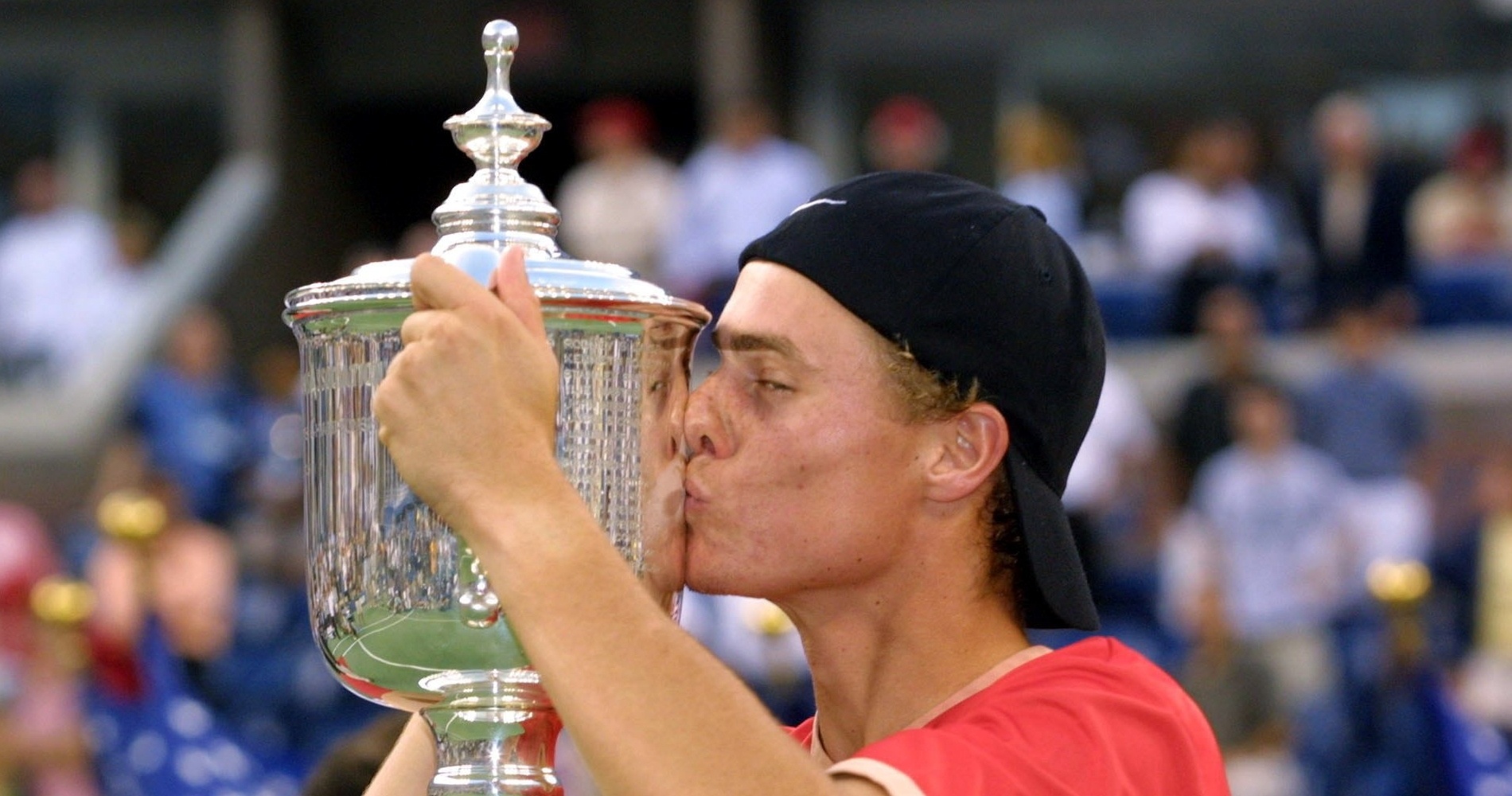
A few weeks later, he became the youngest men’s world No 1 of all-time after claiming the Masters Cup title, and he held that spot for a total of 80 weeks, including the entire 2002 season, triumphing at Wimbledon (beating David Nalbandian in the final, 6-2, 6-3, 6-2) and at the Masters Cup (defeating Juan Carlos Ferrero, 7-5, 7-5, 2-6, 2-6, 6-4).
After losing his top spot in 2003, Hewitt remained a top player for a few more years, finishing runner-up to Roger Federer at the 2004 US Open (6-0, 7-6, 6-0) and to Marat Safin at the 2005 Australian Open (1-6, 6-3, 6-4, 6-4). He left the top 10 once and for all in early 2006, and, suffering from injury to his knees, hips, hand, wrist, back and feet, he hadn’t managed to reach the final four at a Grand Slam tournament after that.
- Marcos Baghdatis, the trailblazer from Cyprus
Marcos Baghdatis, born in 1985 in Cyprus, was the only professional player from his homeland. He came to France at the age of 13 to improve his game, and there, he trained at the Mouratoglou Academy, becoming the world No 1 in juniors in 2003. He broke into the top 100 among the pros in 2005, obtaining a first breakthrough Grand Slam result at the Australian Open, defeated in the fourth round by Roger Federer (6-2, 6-2, 7-6), and at the end of that year, he got close to the top 50 thanks to a final reached in Basel (lost to Fernando Gonzalez, 6-7, 6-3, 7-5, 6-4).
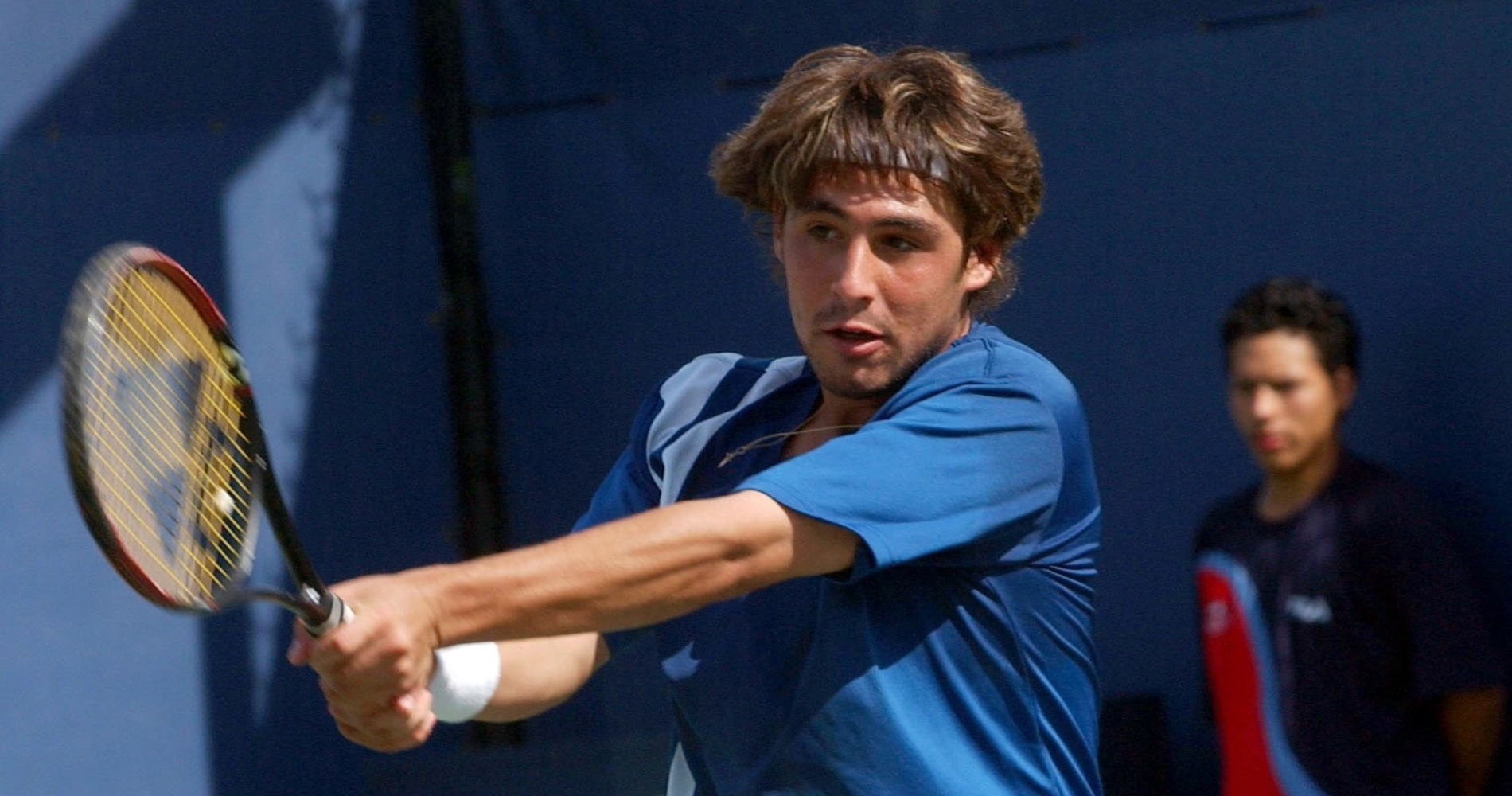
Baghdatis became famous to the tennis world in January 2006 when he reached the Australian Open final as world No 54. On his way to the final, he upset Andy Roddick (world No 3), Ivan Ljubicic (world No 8) and David Nalbandian (world No 4, against whom he came back from two-sets-to-love down to prevail 3-6, 5-7, 6-3, 6-4, 6-4), before being defeated by Federer (5-7, 7-5, 6-0, 6-2). Later that year, he reached the semi-finals at Wimbledon (lost to Rafael Nadal, 6-1, 7-5, 6-3) and claimed his first ATP singles title in Beijing (defeating Mario Ancic in the final, 6-4, 6-0).
Thanks to these results, he climbed as high as world No 8, which would remain his best-ever ranking. In 2007, his best results were a second title claimed in Zagreb (defeating Ljubicic in the final, 7-6, 4-6, 6-4), and a Wimbledon quarter-final (lost to Novak Djokovic 7-6, 7-6, 6-7, 4-6, 7-5). At the start of the 2008 Australian Open, he was ranked No 16 in the world.
The place: Australian Open, Melbourne
Unlike the other Grand Slam tournaments, the Australian Open (first known as the Australasian Championships and, later, the Australian Championships) had moved several locations throughout the years. In fact, the event switched cities every year before it settled in Melbourne in 1972, and no less than five Australian cities had hosted the event at least three times: Melbourne, Sydney, Adelaide, Brisbane and Perth. The event was held on grass at the Kooyong Stadium in an affluent suburb of Melbourne. Its position on the calendar had changed several times as well, between early December and January, going from being the first Grand Slam of the year to being the last.
Until 1982, several of the top players skipped the Australian Open, mainly because of the remote location, and the low prize money, but then, with the triumph of Mats Wilander in 1983, the dynamic began to change. The tournament’s organisers made great efforts to become as prestigious as the other Grand Slams, which ended up with the event moving to a new location, Flinders Park (now known as Melbourne Park) in 1988, switching from grass to hard courts, and displaying the first-ever Center Court equipped with a retractable roof. Prize money increased as well, and it wasn’t long before the tournament became the favourite Grand Slam of many players. The last Australian to have claimed the Australian Open title was Mark Edmondson in 1975, and in the 2000s, all hopes of local fans rested on the shoulders of Hewitt.
The facts: Baghdatis fights from the brink in the fourth to push Hewitt to a deciding fifth set
On January 20, 2008, the third-round clash between local favourite Lleyton Hewitt and Marcos Baghdatis, both former runners-up at the Australian Open, was planned as the climax of the night session. Yet it wasn’t far from being postponed: during the day, Roger Federer was pushed into a five-set combat by Janko Tipsarevic (6-7, 7-6, 5-7, 6-1, 10-8), and the night session spectators were not allowed into the stadium before 10pm. By the time Venus Williams sealed her win against Sania Mirza (7-6, 6-4), it was almost midnight. Officially, the Australian Open had a policy of not starting any matches after 11, but, according to the tournament’s director, Craig Tiley, the rule was at the referee’s discretion.
“We have taken into consideration the concerns of the players, security, ticket-holders and broadcasters before making our final decision,” said Tiley.
“We didn’t really have a choice,” Hewitt would later explain. “We had an opinion, but we didn’t get a choice.”
Despite the late hour, the stands were packed with 15,000 spectators.
Even with such a late start, it took a few twists in the scenario for this match to last more than four hours and become the latest match in the tournament’s history (the previous record of the latest ending being 3:34 a.m.).
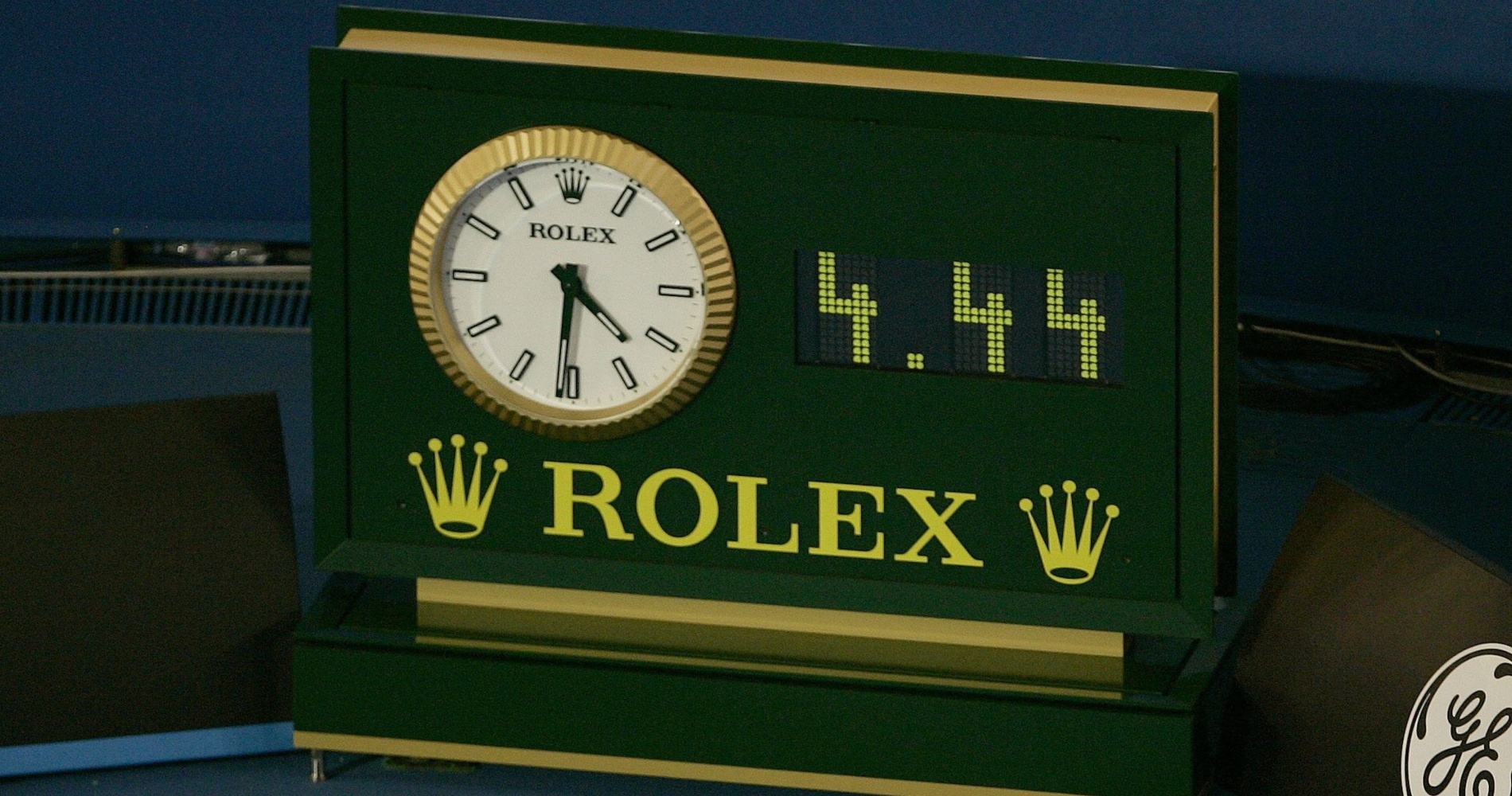
First of all, at one-set all, Baghdatis twisted his ankle, and, as he was receiving treatment, it looked like his chances were compromised. However, not only did the Cypriot resume the match, but he even took a 5-3 lead in the third set, before seeing the Australian fight back to claim the set (7-5). After that loss, Baghdatis collapsed and was soon down 5-1 in the fourth. Once again, the end seemed near for the 2006 runner-up, but he suddenly recovered his concentration and, after saving a match point at 5-2, he clawed his way back to push Hewitt into a fifth set.
“It was hard because up to 5-1 he couldn’t really hit a ball in the court in the fourth set,” Hewitt said, according to The New York Times. “But to his credit, he starts playing loose and starts going for his shots, going for big first serves on big points. I probably didn’t have my two best service games and he took advantage.”
Finally, when the former world No 1 sealed the deciding set (6-4), it was 4:34 a.m. The players had completed the latest (or the earliest?) match in tennis history.
“I should have closed it out in the fourth set when I was playing well,” Hewitt said. “But it’s one of my best wins, mentally, to come back and beat him in the fifth set, so I am pretty proud. (…). It wasn’t easy for both of us. Obviously, an incredible day of tennis. For Roger Federer to go five sets, how often does that happen? It’s tough for everyone. Marcos and I are in the same boat.“
What next? Hewitt beaten in fourth round BY DJOKOVIC
Hewitt would be defeated in the fourth round by the eventual champion, 20-year-old Novak Djokovic (7-5, 6-3, 6-3). He would never make his way back into the top 10, only reaching the quarter-finals of a Grand Slam once, in 2009, at Wimbledon (lost to Andy Roddick, 6-3, 6-7, 7-6, 4-6, 6-4). He would retire after the 2016 Australian Open.
Baghdatis would not be able to maintain the same level of motivation he had in his early years. He would never reach the quarter-finals of a major tournament again and would never return to the top 15. He would claim the last of his four titles in Sydney in 2010 (defeating Richard Gasquet in the final, 6-4, 7-6). The Cypriot would eventually retire in 2019.




